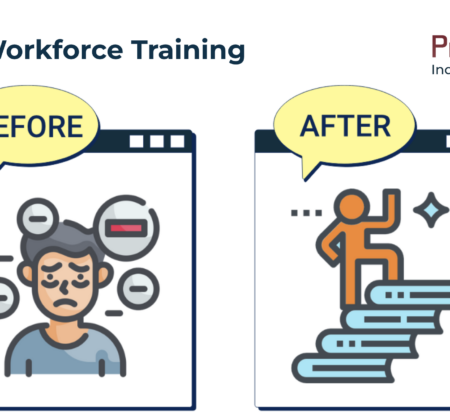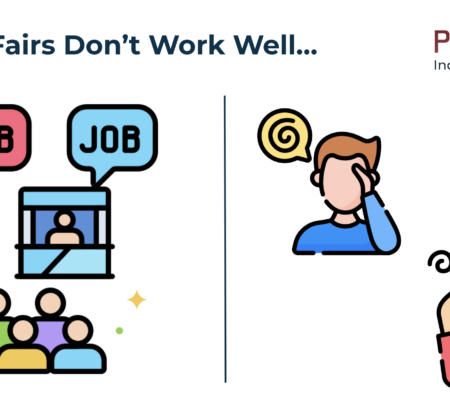SkillBridge, introduced in 2011 as a pilot program to support military transition, allows eligible service members to intern with civilian companies for up to 180 days while still on active duty. This hands-on experience is designed to ease their shift to civilian careers.
While promising in concept, recent changes underscore persistent challenges. In 2024, the Department of Defense implemented a new rule requiring companies to hire 75% of service members who complete their internships—a clear signal that SkillBridge hasn’t fully achieved its intended impact over the past decade.
The Core Issue—Misaligned Expectations
The root of the problem lies in the military’s longstanding reliance on a generalized commercial employment model, introduced with the Transition Assistance Program (TAP) in 1991. This model emphasizes skill translation, networking, resume building, and interview preparation. While important, it fails to address a key factor: the significant cultural and operational differences between military and private sector environments.
Service members are often told they’re “ready to go” and that civilian employers are eager to hire them. This overly simplistic narrative fosters a false sense of readiness, leaving them unprepared for the substantial mindset shifts required to thrive in the private sector.
Why SkillBridge Misses the Mark
Without understanding these environmental differences, service members often enter SkillBridge without clear goals. They treat the program as an exploratory phase, leading to mismatched internships that neither align with their skills nor meet employers’ expectations. When these placements don’t work out, trust in the program erodes, reducing its effectiveness.
A Practical Solution—Integrate Private Sector Orientation Training Into SkillBridge
Employers can play a pivotal role in improving SkillBridge outcomes by incorporating veteran workforce training into their internship programs. While ideally, service members would receive private sector orientation before entering SkillBridge, this training can still be highly impactful when integrated into onboarding.
What This Training Entails:
- Understanding the Private Sector Environment: Provide insights into the cultural, structural, and operational differences between military and civilian workplaces.
- Developing Adaptability: Equip participants with tools to align their decision-making and thought processes with private sector dynamics.
By helping SkillBridge interns navigate these changes, employers can foster better alignment between the service member and their organization. This not only enhances the intern’s experience but also increases the likelihood of a successful transition to a full-time role, creating a win-win scenario for both parties.




